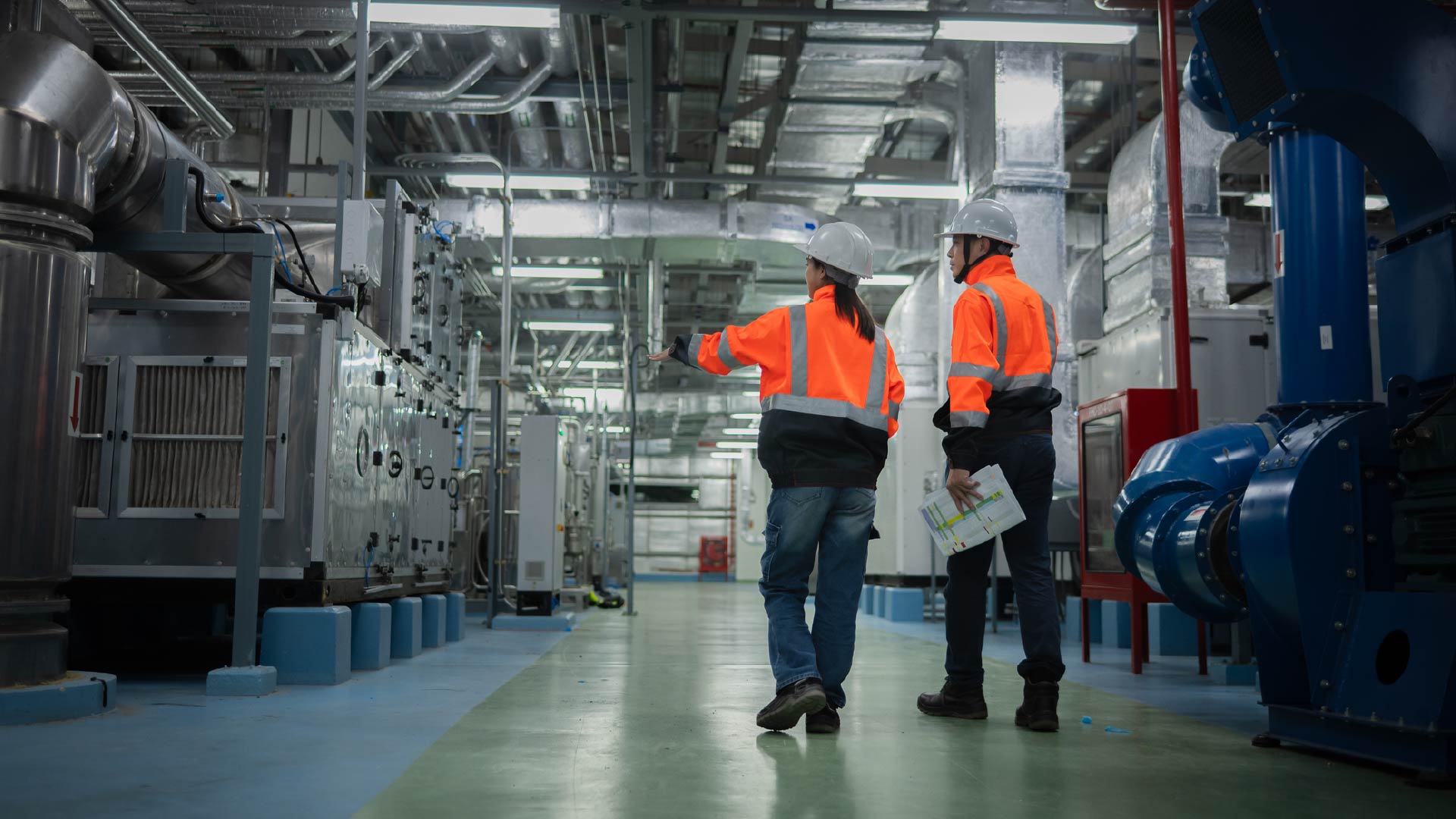Driving Safety Culture Transformation With An Adjusted Competing Values Framework
Understanding safety culture is important in identifying why workers act and the extent to which they behave safely at work. One way safety culture can be examined is through an adjusted competing values framework (CVF). The CVF is a theoretical way of understanding an organization’s dominant culture type and a starting point to develop strategies to enact cultural change.
This framework outlines the four different types of organizational culture by examining flexibility vs. control and internal vs. external orientation. When adjusting the CVF to specifically examine safety culture, the four types are:
- Clan culture – flexible and inward looking: Safety is upheld by a sense of collective care and responsibility among employees.
- Adhocracy culture – flexible and outward looking: Safety is upheld by a sense of openness to innovate on conventional safety approaches.
- Market culture – controlled and outward looking: Safety is upheld by a sense of accountability to high expectations, metrics and standards exemplified by industry.
- Hierarchy culture – controlled and inward looking: Safety is upheld by a sense of respect for rigorous processes set by a chain of command.
Of the four safety cultures outlined through an adjusted CVF, there is no superior safety culture type overall. Each type of safety culture entails specific values, attitudes, perceptions and patterns of behaviour that determine commitment to an organization’s safety management system.
For instance, in a clan culture, the strong sense of community is a powerful driver of safety, as employees genuinely care about each other’s wellbeing. However, this influence is weaker in workplaces with larger, transient workforces or complex operations, where the emphasis on team agreement can slow down action on safety.
In an adhocracy culture, the drive to innovate can significantly enhance safety by exploring cutting-edge solutions, which can be very useful for ensuring the safety of workflows that are changing or novel. However, the rapid, decentralized and experimental nature of this culture can also lead to inconsistencies in safety practices across departments and incomplete safety measures being implemented prematurely.
In a market culture, the focus on high performance and accountability can effectively drive safety outcomes through clear metrics and industry benchmarking. However, the intense emphasis on results can inadvertently encourage shortcuts or underreporting.
In a hierarchy culture, the focus on robust protocols and a clear chain of command can effectively maintain safety through consistency and compliance. However, this structured environment can become overly rigid and slow to adapt, potentially suppressing valuable employee input, especially when diversity of thought is useful to suggesting improvements safety management.
Organizations typically exhibit elements of multiple cultures, but in varying degrees. By developing their people, processes and technology, firms can shift their existing safety culture toward a desired state that better aligns with their safety management system (see Verdantix Best Practices: Building Safety Engagement Through Technology).
About The Author

Moses Makin
Industry Analyst





